
Filter News
Area of Research
- (-) Supercomputing (95)
- Advanced Manufacturing (2)
- Biological Systems (2)
- Biology and Environment (56)
- Building Technologies (1)
- Clean Energy (112)
- Climate and Environmental Systems (2)
- Computational Engineering (1)
- Computer Science (2)
- Electricity and Smart Grid (1)
- Energy Sciences (1)
- Fossil Energy (1)
- Fuel Cycle Science and Technology (1)
- Fusion and Fission (19)
- Fusion Energy (3)
- Isotope Development and Production (1)
- Isotopes (15)
- Materials (118)
- Materials Characterization (2)
- Materials Under Extremes (1)
- National Security (26)
- Neutron Science (47)
- Nuclear Science and Technology (9)
- Renewable Energy (2)
- Transportation Systems (1)
News Topics
- Artificial Intelligence (14)
- Big Data (3)
- Bioenergy (2)
- Biology (4)
- Biomedical (2)
- Biotechnology (2)
- Chemical Sciences (1)
- Climate Change (9)
- Computer Science (11)
- Coronavirus (1)
- Critical Materials (1)
- Cybersecurity (1)
- Decarbonization (2)
- Energy Storage (1)
- Environment (5)
- Exascale Computing (12)
- Frontier (15)
- High-Performance Computing (18)
- Machine Learning (4)
- Materials (5)
- Microscopy (1)
- Nanotechnology (2)
- National Security (3)
- Net Zero (1)
- Neutron Science (1)
- Nuclear Energy (1)
- Physics (1)
- Quantum Computing (7)
- Quantum Science (4)
- Security (1)
- Simulation (9)
- Software (1)
- Summit (6)
- Sustainable Energy (1)
- Transportation (1)
Media Contacts
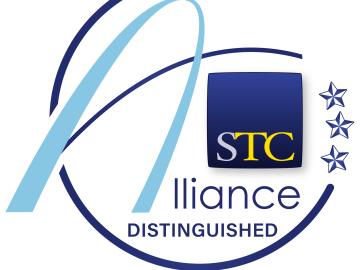
ORNL staff members played prominent roles in reports that won one Distinction award and two Excellence awards in the 2022 Alliance Competition of the Society for Technical Communication. PSD's Karren More and Bruce Moyer participated.

A study by Oak Ridge National Laboratory researchers has demonstrated how satellites could enable more efficient, secure quantum networks.

Critical Materials Institute researchers at Oak Ridge National Laboratory and Arizona State University studied the mineral monazite, an important source of rare-earth elements, to enhance methods of recovering critical materials for energy, defense and manufacturing applications.

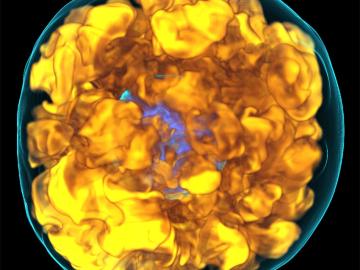
The U.S. Department of Energy’s Office of Science announced 55 projects with high potential for accelerating discovery through its Innovative and Novel Computational Impact on Theory and Experiment (INCITE) program. These awards allocate the multi-petascale computing resources at Argonne and Oak Ridge National Laboratories, two of America’s most powerful supercomputers dedicated to open science.
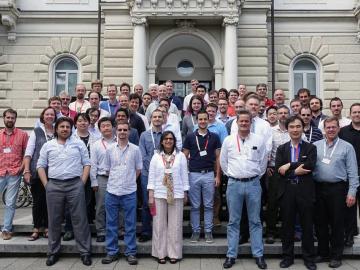
Leaders in hybrid accelerated high-performance computing (HPC) in the United States (U.S.), Japan, and Switzerland have signed a memorandum of understanding (MOU) establishing an international institute dedicated to common goals
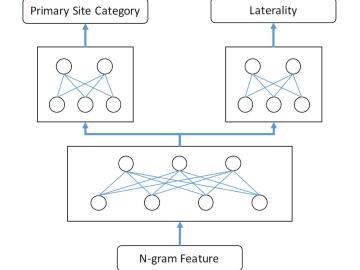
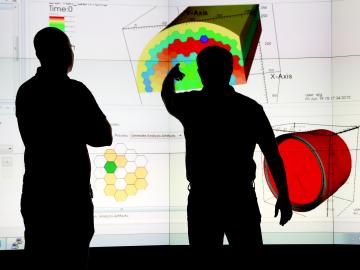
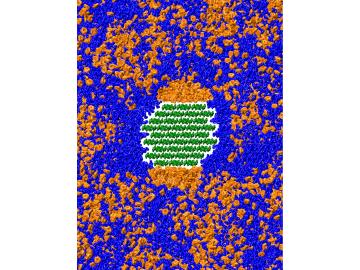

The Department of Energy’s Oak Ridge National Laboratory will add its computational know-how to the battle against cancer through several new projects recently announced at the White House Cancer Moonshot Summit.


